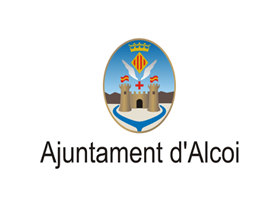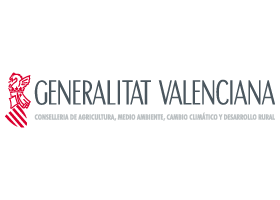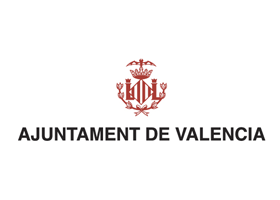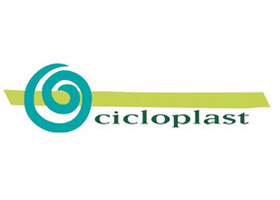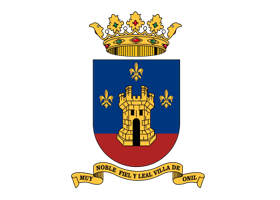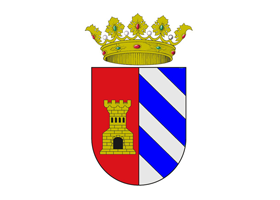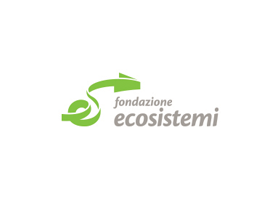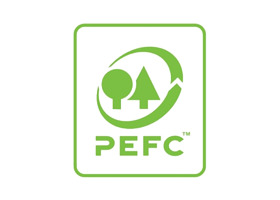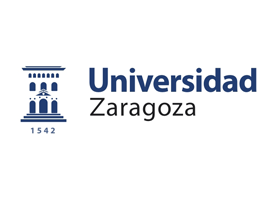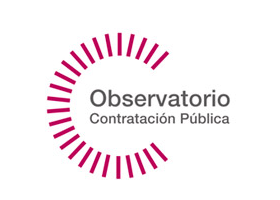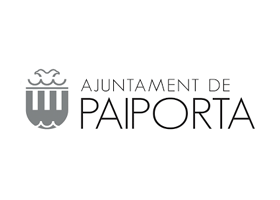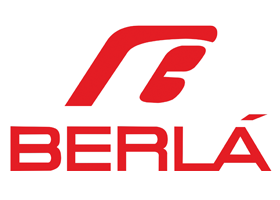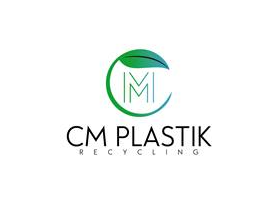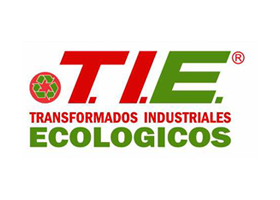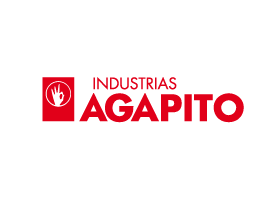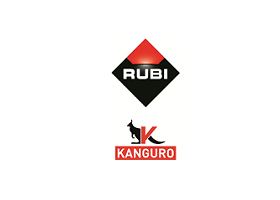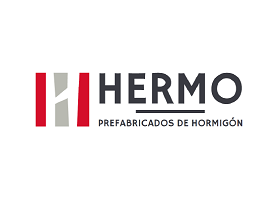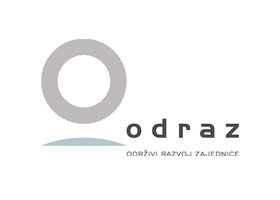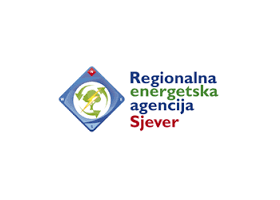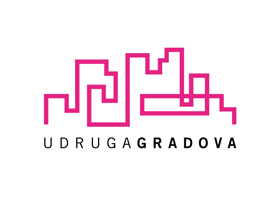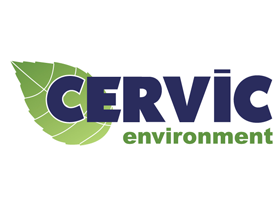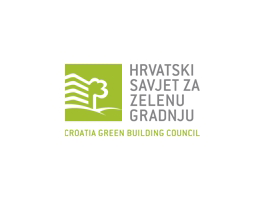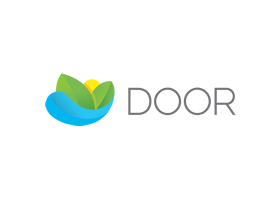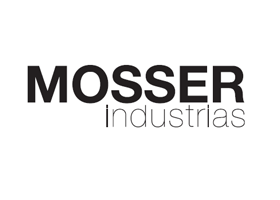In this section, you can access to the latest technical information related to the FUTURE project topic.
Flyber was founded in 2022 by Rowan Carstensen and Andrea Savi, during their MBA at the Imperial College London. Their knowledge of composite materials applicable to the AAM market grew significantly following an in-depth strategic analysis ?interviewing journal?ists, consultants, OEMs, suppliers and public bodies. As the company combined a knowledge of 14 years of composite design, engineering and manufacturing experience, as well as experience in asset management, they felt well equipped to tackle the industry?s challenge and growing needs. A robust, high-volume manufacturing capability for complex structural composite propellers (leading to other structural components) was required within the UK and EU for the emerging AAM market (Figure 1). During their strategic analysis, they discovered an underserved need in this area. So, Flyber began building partner?ships, consortia and expertise to rapidly capitalise on this market in the timescales needed by customers to commercialise their operations.
Rowan Carstensen, co-founder, Andrea Savi, co-founder, Flyber aerospace composites
AAM market overviewThe advanced air mobility market is an emerging aviation one covering an ecosystem of services, from the future urban and regional air mobility landscape via sustainable aircraft (such as electric vertical take-off and landing -eVTOL) to commercial and military drones, which is expected to reach ?930,000 billion ($1 trillion) by 2050. Integrating these services from the design office to manufacturing and safe operation is the industry’s current challenge. The breadth and depth of value this will add to our economies rightfully provides reason to be optimistic.
The main driving forces behind this optimism are traffic congestion, climate change-related initiatives, technological developments and market momentum. Despite this, enabling factors are also required, which can be summarised as a lack of solid infrastructure, a costly and ?underdeveloped? certification process, the need for public acceptance and the inability to manufacture components at the required scale and cost.
Thus, the success and operational profita?bility of the commercial and civil business model (cost/seat/mile for eVTOLs and cost/kg/mile for commercial) is driven by two factors: the number of aircraft in operation and the cost of manufacturing and running them.
Automation for complex composite structuresOver the last decade, a significant num?ber of manufacturing processes were de?veloped for aerospace applications such as wing skins, pressure vessels and spars. These processes (filament winding, tape laying, fibre placement, press moulding, pultrusion and braiding), however, have not yet been capable of producing more complex geometries at scale and with process flexibility. As a result, to manufacture such complex structures as propellers, the process often reverts back to the expensive, lower-quality hand-laid-up prepreg in an autoclave.
For the AAM industry to reach its am?bition, novel processes, equipment and technologies are clearly required. Flyber has partnered with various UK and Eu?ropean innovation centres, universities and automation providers to develop equipment and software specifically for solving this challenge. The company un?dertook comprehensive studies, includ?ing an analysis of current processes, their bottlenecks and limitations, and the inte?gration of these novel processes into the modern factory environment to optimise takt times, equipment costs, laminates and provide geometry flexibility.
Process and geometry flexibility, while maintaining the company?s key unique selling proposition (USP), is crucial to satisfy the unique needs of each custom?er, including aerodynamic efficiency, noise, weight, stiffness, strength, fatigue and fitment requirements, in both the short and long term, as their vehicle de?signs develop through certification and into service in the coming 5-10 years.
Working with partners to perform these studies, from desktop research through to simulations, digital twins and rep?resentative production runs, has jump started the company?s time to market.
Flyber’s propellers for urban air mobility aircraft and for unmanned aerial vehicles
DesignDeveloping processes to produce high-vol?ume components is a challenge. Integrat?ing the equipment and processes with the component design requirements is where the company?s innovations materialise. Customers demand im?proved structural performance, greater aerodynamic efficiency and lower noise profiles. Design flexibility (frustratingly for the company?s competitors) also becomes adaptable to their future, un?known needs, as the industry and their aircraft develop.
Flyber?s approach consists in:
- designing a benchmark propeller that Formula 1 teams would approve, regardless of cost;
- confirming the design meets the company?s ambitious performance requirements;
- developing an automated process solution to manufacture this bench?mark propeller;
- confirming the volume requirements are met using this process.
Iteratively, moving through the cycle to ensure the design remains a benchmark while being able to automate manufac?turing, thus strengthening the compa?ny?s USP (Figure 2). This approach not only required innovation in the automa?tion processes but also in the propeller design stage, taking a ?no-compromise? approach to each development stage.
Flyber?s design-automate iteration cycle
Sustainability, digitalisation and certificationTo remain relevant, businesses need to adapt, and sustainability is a key adap?tation in the composite manufacturing sector (in terms of CO2 equivalent in particular). Fibre manufacturing, raw materials transportation, a non-degrada?ble waste stream and end-of-life (EoL) products with an energy-intensive manufacturing process combine into a ?less-than-ideal? sustainability business model. Flyber intends to change that.
Working with partners, material suppli?ers and regulators to develop more sus?tainable fibres and resin systems is part of their current roadmap. Although they may not be certified in the short term, other use cases will enable the company to prove the materials are suitable for aircraft outside the regulator?s author?ity. Modern manufacturing methods, manufacturing waste repurposing, energy-efficient equipment, an ?off-grid? factory, fully-integrated digitisation, longer product life cycles and EoL prod?ucts repurposing are opportunities im?plemented in the short-term in Flyber?s design, manufacturing site and process. Working with automation partners and modern manufacturing digitalisation providers to implement full traceability (think blockchain product traceability), along with innovative machine learning methods, makes it possible to create a manufacturing offering not only for process control and productivity, but to minimise energy and material usage in every process and for each product variant. Given its proposed time to market, breadth of innovation and in?tention to maximise capital utilisation, Flyber needs to innovate in another process: certification. A crucial part of the company?s roadmap, tackling certification is critical to ensuring safe AAM operations (and rightly so) and is an approach they hope the industry can join them on.
Using proven, discrete manufacturing processes, big-data digitalisation and certified in-process monitoring and in?spection at every stage of each ply, cure cycle and assembly, along with proven raw materials, the company intends to cut the time and cost to certification. Proving its worthiness on aircraft outside the CAA and EASA?s authority while man?ufacturing in line with the civil aviation requirements, Flyber will get ready with applications such as eVTOL or regional travel solutions.
Market theory applied to manufacturingAlthough composites date back to 1200, when the Mongols made bows and arrows by combining pine resin with bamboo, their large-scale adoption in transport and construction started at the end of the last century. While the current ecosystem is estimated to be over ?105,86 billion ($114 billion), further growth is limited by two factors: cost-effective product development and manufacturing automation.
In particular, Flyber wants to refer to the old-fashion capital theory roundabout?ness of production. Manufacturers do make mistakes, but the error becomes systemic when they restructure pro?duction under low interest rates and credit expansion to match inflated client preferences, rather than investing in technology to improve manufacturing productivity and asset utilisation (out?put in the long run). To build a more roundabout manufacturing supply chain for the AAM market, we need to change our historic approach by investing in technologies, processes and capital uti?lisation to ensure long-term sustainable economic productivity.
A roundabout solutionSolving this challenge is not an auto?mation, raw material, sustainability, certification or engineering task. It is an integrated task that requires all as?pects of manufacturing to be addressed holistically, from customer integration, component design and manufacturing digitalisation to strategic leadership, industry partnerships and a deep un?derstanding of the economic landscape. Flyber?s advantage lies here, an integrat?ed, roundabout approach on a blank sheet of paper, resulting in a detailed, robust runway to volume production of optimised composite propellers.
Want to read more articles?
Subscribe for free now and access to JEC Composites Magazine N?155.
Available in print, digital and via the mobile application.
More information
www.flyber.tech 
» More Information
« Go to Technological Watch
